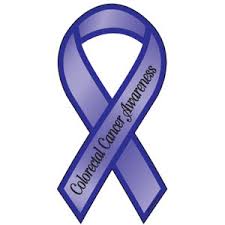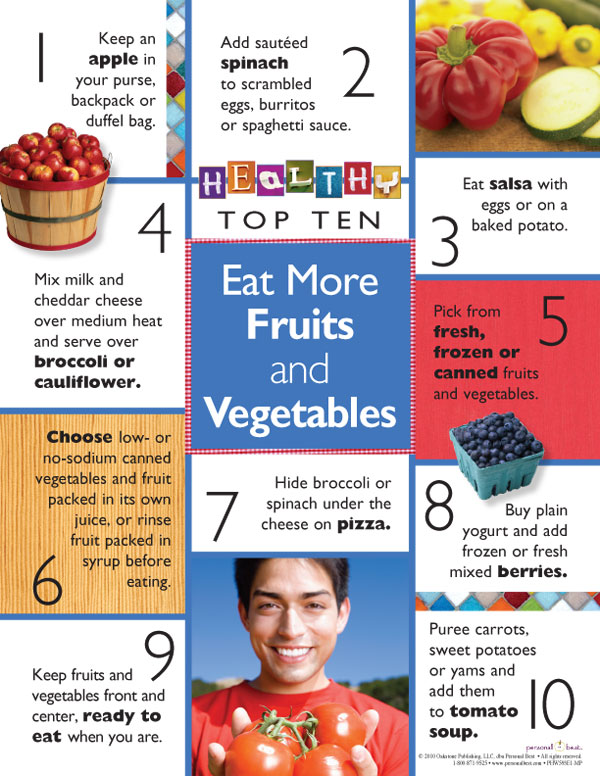Author Archives: Mary Proffitt
May Personal Best
- Stay Active With Arthritis
- How’s Your Hearing
- Grapefruit and RX: What You Need To Know
- Medical Testing @ Home
- Tune Up Your Self-Esteem
- Get the Most Out of Webinars
- Is Fidgeting Exercise?
- Seeking Solutions at Work
- Travel Insurance
- Bidding on a New Home?
- Flexible Spending Account
- Bike Helmets: Get the Right Fit
- Do We Still Need to Worry About Transfats?
May Is Skin Cancer Awareness Month
Skin cancer is the most common cancer in the United States. Most cases of melanoma, the deadliest kind of skin cancer, are caused by exposure to ultraviolet (UV) light. To lower your skin cancer risk, protect your skin from the sun and avoid indoor tanning.
Sun Safety Tips
Check the U.S. Environmental Protection Agency’s UV Index before you spend time outdoors and plan your sun protection accordingly, using these tips—
- Seek shade, especially during midday hours.
- Cover up with clothing to protect exposed skin.
- Wear a hat with a wide brim to shade the face, head, ears, and neck.
- Wear sunglasses that wrap around and block as close to 100% of both UVA and UVB rays as possible.
- Use sunscreen with broad spectrum (UVA and UVB) protection and sun protective factor (SPF) 15 or higher.
- Remember to reapply sunscreen at least every 2 hours and after swimming, sweating, or toweling off.
Fast Facts About Skin Cancer
- When you’re having fun outdoors, it’s easy to forget how important it is to protect yourself from the sun. Unprotected skin can be damaged by the sun’s UV rays in as little as 15 minutes. Yet it can take as long as 12 hours for skin to show the full effect of sun exposure.
- Even if it’s cool and cloudy, you still need protection. UV rays, not the temperature, do the damage.
- Tanned skin is damaged skin. Any change in the color of your skin after time outside—whether sunburn or suntan—indicates damage from UV rays.
- Anyone can get skin cancer, but some things put you at higher risk.
- Indoor tanning exposes users to both UVA and UVB rays, which damage the skin and can lead to cancer.
- A change in your skin is the most common symptom of skin cancer. This could be a new growth, a sore that doesn’t heal, or a change in a mole.
May Is Arthritis Awareness Month
Understanding Arthritis
Learn more about the basics of arthritis, from arthritis 101 to common symptoms and diagnostic methods below:
What Is Arthritis?
Arthritis is an informal way of referring to more than 100 types of joint diseases that affect 53 million adults and 300,000 children in the U.S. Read More >>
Do I Have Arthritis?
Learn more about clues that you may have arthritis. Read More >>
How to Prevent Arthritis
Learn more about arthritis prevention. Read More >>
Diagnosing Arthritis
Learn more about how arthritis is diagnosed. Read More >>
Arthritis Facts
Get the key statistics and facts related to arthritis. Read More >>
When to Make an Appointment With Your Doctor
Joint symptoms may signal a serious type of arthritis that can cause permanent joint damage if treatment is delayed. Know what to watch for so you can take action. Read More >>
Arthritis Treatment: Early Is Best
Early rheumatoid arthritis treatment – how essential is it? Receiving rheumatoid arthritis treatment earlier rather than later may be your key to remission. Learn more from Arthritis Today. Read More >>
Inflammation and Stiffness: The Hallmarks of Arthritis
Understand the common symptoms of arthritis: swelling, stiffness and inflammation. Learn about each and find out how to get relief. Read More >>
Arthritis Self Management: What You Need to Know
Learn more about self management of arthritis with these six important self-management habits that can help you successfully manage your disease. Read More >>
Where It Hurts
Learn more about how arthritis affects all of the parts of the body. Read More>>
The Perfect Healthy Gift For Mom
Green Buddha Bowl with Spinach and Asparagus
Celebrate spring with a nourishing bowl packed to the brim with the first produce the season has to offer. Baby spinach and asparagus sing of spring, while quinoa and avocado round out the meal.
Serves 1
- 1/2 cup uncooked quinoa
- 1 cup vegetable broth
- Baby spinach leaves
- Half an avocado, chopped
- Several pieces of asparagus
- 1 large clove garlic, chopped
- 1 tablespoon olive oil (or to taste)
- Dressing of your choice
- Handful of sliced almonds
Boil vegetable broth, then add quinoa, bring to a simmer, cover and cook about 15 minutes
While quinoa cooks, put asparagus spears on a baking sheet, sprinkle with garlic and drizzle olive oil over. Cook in 350 degree oven for about 15 minutes.
To assemble bowl, put cooked quinoa in the bottom, cover with some baby spinach leaves, add a few spears of roasted asparagus, and the chopped avocado.
Drizzle with dressing of your choice and sprinkle some sliced almonds over top.
The “Seasons” Of Your Financial Life – A Tip From Pete The Planner
The changing of seasons, especially this time of year, is a welcome change. And just like the weather, your financial life also has seasons. There’s the ‘we just had a baby’ season, the ‘I just lost my job’ season, and the ‘I’m close to retirement’ season to name a few. Each season of your financial life comes with unique challenges and adjustments. Your ability to think ahead and prepare for an upcoming season predicts your ability to handle what comes your way. But what will always hold you back is dealing with last season’s mistakes in your new season. Debt from your first child limits how you handle having your second child. Paying your own student loans when you are trying to fund your child’s college fund puts you in a bind. Deal with each season as it happens, but always remember a season change is just around the corner.
Healthy Horizons Survey on Cancer Screening
In order to develop effective programming to educate and inform the Butler community about colorectal, breast, and cervical cancer screenings we hope we can count on you to participate in our survey designed to measure employees’ attitudes, knowledge, and behaviors as they relate to these cancers and the screenings associated with them.
The survey will also ask about your experiences with recent Healthy Horizons’ efforts to increase colorectal, breast and cervical cancer screening participation and awareness.

The survey, which takes approximately 15 minutes to complete, can be accessed April 22nd to May 5th at https://www.surveymonkey.com/s/ButlerWSI_2015. Responses will be kept strictly confidential.
Upon completing the survey you have the option of enrolling to win one of ten Butler polo shirts from the Butler bookstore.
The surveys and follow-up activities by Healthy Horizons have been supported by the Indiana State Department of Health’s (ISDH) Cancer Control Section, in partnership with the federal Centers for Disease Control and Prevention.











